
A little soap simplifies making 2D nanoflakes
The right combination of surfactant, water and processing can maximize the quality of 2D hexagonal boron nitride for such products as antibacterial films.

A little soap simplifies making 2D nanoflakes
The right combination of surfactant, water and processing can maximize the quality of 2D hexagonal boron nitride for such products as antibacterial films.

Brain-to-brain communication demo receives DARPA funding
Wireless linkage of brains may soon go to human testing with $8 million for preclinical demonstrations.
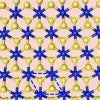
Rice ‘flashes’ new 2D materials.
Rice scientists extend their technique to produce graphene in a flash to tailor the properties of 2D dichalcogenides, quickly turning them into metastable metallics for electronic and optical applications.
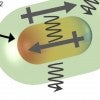
‘Soft’ nanoparticles give plasmons new potential
Bigger is not always better, but here’s something that starts small and gets better as it gets bigger.

Bad news for fake news: Rice research helps combat social media misinformation
Improved use of machine learning can double throughput of real-time information filters, Rice researchers find.
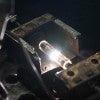
VIPs help open national security research accelerator labs
U.S. Army Futures Command Lt. Gen. Thomas Todd III and U.S. Rep. Dan Crenshaw, R-Texas, joined Rice President David Leebron, Provost Reggie DesRoches and Army and Rice dignitaries for the Oct. 30 opening ceremony of the Rice University National Security Research Accelerator (RUNSRA) laboratories in Dell Butcher Hall.

Flash graphene rocks strategy for plastic waste
Rice scientists advance their technique to make graphene from waste with a focus on plastic.

Rice finds path to nanodiamond from graphene
Rice University researchers expand their theory on converting graphene into 2D diamond, or diamane.
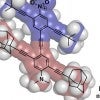
Rice rolls out next-gen nanocars
Rice researchers continue to advance the science of single-molecule machines with a new lineup of nanocars, in anticipation of the next international Nanocar Race in 2022.
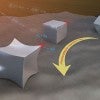
Shape matters for light-activated nanocatalysts
Points matter when designing nanoparticles that drive important chemical reactions using the power of light, according research from Rice University's Laboratory for Nanophotonics.
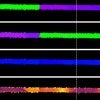
Boundaries no barrier for thermoelectricity
Rice researchers show how thermoelectricity hurdles some defects, but not others, in gold nanowires. The discovery has implications for making better thin-film electronic devices.

Researchers set sights on theory of deep learning
Rice's Richard Baraniuk and Moshe Vardi are part of a multiuniversity team of engineers, computer scientists, mathematicians and statisticians tapped by the Office of Naval Research to develop a principled theory of deep learning.

Small quake clusters can’t hide from AI
A deep learning algorithm developed at Rice University analyzes data from a deadly landslide in Greenland to show how it may someday predict seismic events like earthquakes and volcanic eruptions.
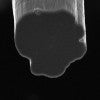
No limit yet for carbon nanotube fibers
Rice University researchers report advances in their quest to make the best carbon nanotube fibers for industry.
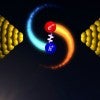
Rice lab’s bright idea is pure gold
Physicists discover plasmonic metals can produce “hot carriers” that emit unexpectedly bright light in nanoscale gaps between electrodes.